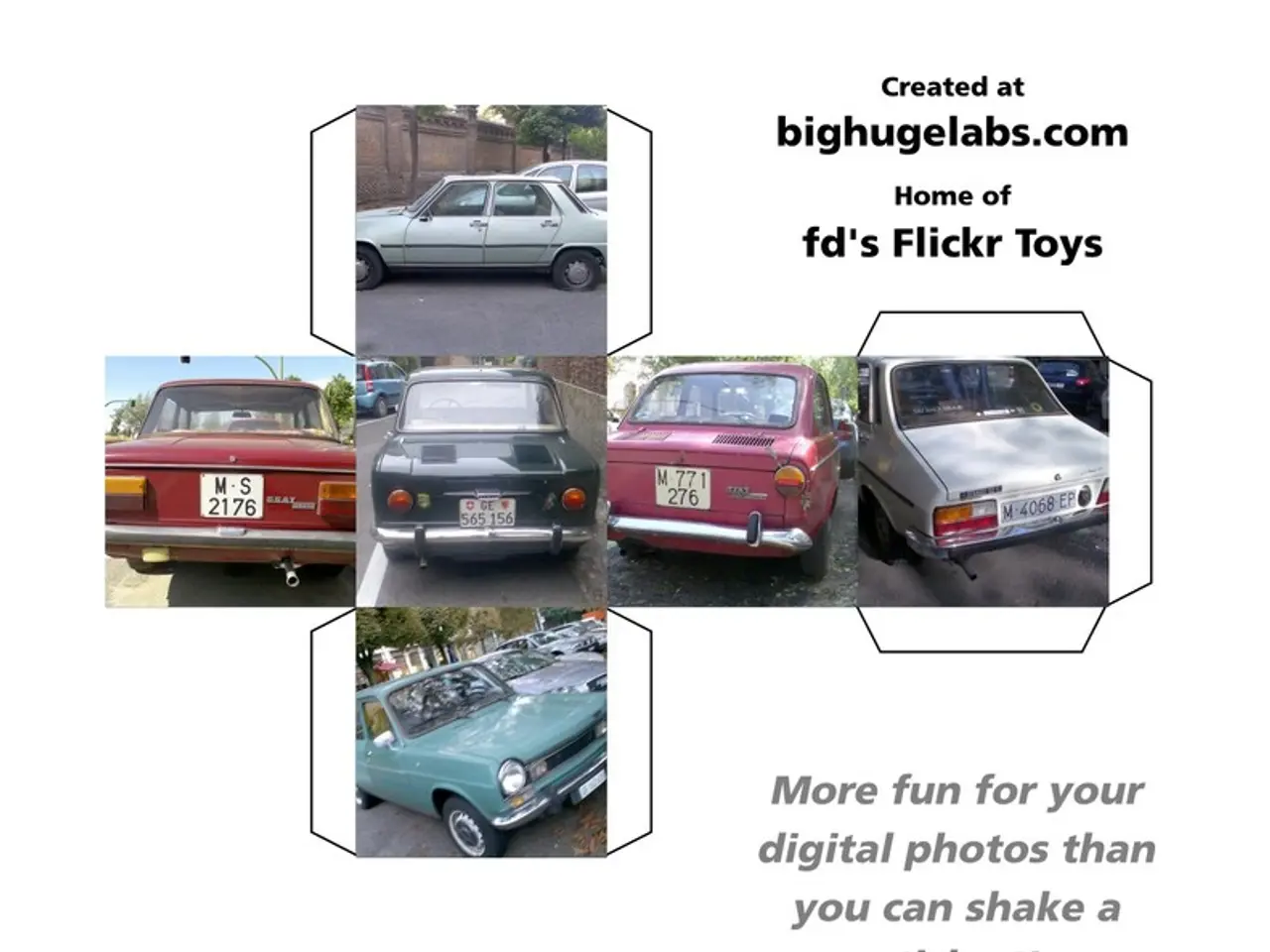Unraveling the Labyrinth of Performance Boosters
In the world of aftermarket automotive modifications, it's essential to understand the rules that govern this thrilling industry. The regulations for these modifications are primarily focused on safety compliance and emissions standards, with both federal and state authorities playing crucial roles.
At the federal level, key regulations are administered by the National Highway Traffic Safety Administration (NHTSA) and the Environmental Protection Agency (EPA). The NHTSA enforces the Federal Motor Vehicle Safety Standards (FMVSS), ensuring that any modifications do not disable or interfere with vehicle safety systems originally installed. The EPA, on the other hand, enforces emissions standards, prohibiting modifications that degrade emissions performance and the removal or disabling of emissions systems.
In the United States, California leads the way with strict emissions regulations, enforced by the California Air Resources Board (CARB). All aftermarket parts that affect emissions, particularly ECU tunes, must have an Executive Order (EO) certification number after passing emissions testing. States like New York and Massachusetts tend to adopt CARB-like rules, enforcing similar emissions compliance requirements for aftermarket modifications.
While many aftermarket modifications are legal, it's crucial to verify certifications and legal compliance for your specific state to avoid penalties, failed inspections, or registration problems. Quality aftermarket parts often carry certifications such as CAPA, TUV, or E-mark, demonstrating compliance with safety and material standards and reinforcing their legitimacy for street use.
It's also important to note that warranty coverage can be affected by modified vehicles. Proper documentation and disclosure to dealers and insurance providers are recommended. Insurance may be affected by modification, so transparency about upgrades is crucial to maintain coverage.
The aftermarket automotive industry is vibrant and full of excitement, offering a chance to embrace change and propel the industry forward. The culture surrounding automotive enhancements is diverse, transcending geographical boundaries. Performance upgrades can embody ideals of freedom, self-expression, and identity.
Car shows and local meets foster a sense of community among enthusiasts, and education plays a crucial role in the aftermarket automotive industry, empowering customers to make informed decisions. Navigating regulatory challenges presents opportunities for growth and innovation, with a complete educational journey offered, including information on Supercharger kits.
Engaging with industry groups advocating for regulations that respect the passion for modification can be rewarding and inspiring. Understanding cultural nuances surrounding automotive enhancements can help in crafting products that resonate with a diverse audience. The goal is to ensure that every engine roar accommodates the desires of the driver and the preservation of our environment.
- In the realm of AI and automation, smart solutions are being researched to streamline processes in theaftermarket automotivemodifications industry, aiming for innovation in systems design.
- The finance industry is increasingly recognizing the potential of investment in emerging technologies for the automotive sector, particularly in smart autos and electric vehicles.
- Education-and-self-development platforms are essential for enthusiasts seeking knowledge about transportation, such as understanding emissions systems and ECU tunes in automotive modifications.
- Glass technology has played a significant role in improving the safety and visibility of vehicles, adhering to regulations enforced by the National Highway Traffic Safety Administration (NHTSA) and similar agencies across various countries.
- Collaboration among industry groups advocating for regulations that prioritize both safety and emissions compliance is vital forfuture inthe aftermarket automotivemodifications industry.
- With advancements in AI and smart technologies, the future of education and self-development in the automotive industry is poised to revolutionize the way people learn, explore, and innovate in the realms of smart automation and transportation solutions.




